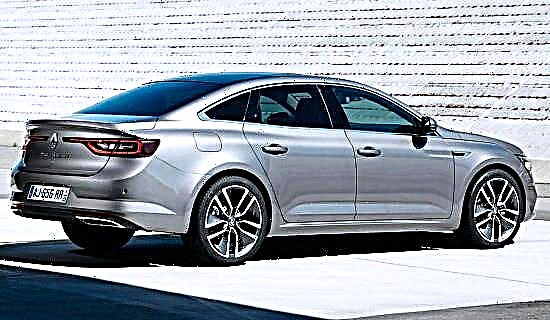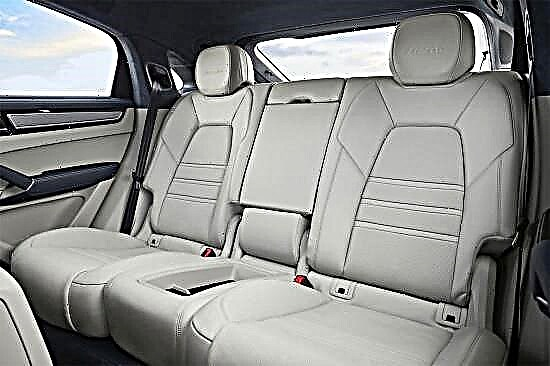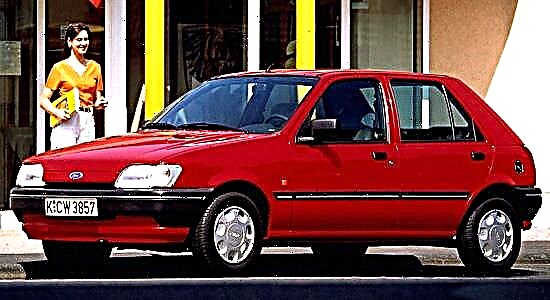At the end of 1988, the second generation "Fiesta" was replaced by a third generation model - the car not only changed noticeably in appearance, but also experienced significant changes in technical terms. Sales of the car, which in addition to the three-door version also acquired a five-door, began in February 1989, and continued until 1997, after which this "Fiesta" finally left the assembly line.

The third generation Ford Fiesta hatchback is a European class B player, available in three or five door versions. In addition, the bodywork range of the car includes commercial options - a cargo Kasten and a Courier van.
The dimensions of the hatch's body are as follows: length - 3743 mm, height - 1376 mm, width - 1606 mm. The distance between the axles for all versions is 2446 mm, and the clearance under the bottom (clearance) is 140 mm. When loaded, the "third Fiesta" weighs from 770 to 955 kilograms.
The car was equipped with a wide variety of power units:
- The main share of which was formed by gasoline “fours”: their volume is from 1.0 to 1.8 liters, and the maximum output is from 44 to 130 horsepower and from 74 to 162 Nm of torque.
- Installed on the "third" Ford Fiesta and a 1.8-liter diesel engine producing 60 "horses" and 110 Nm of thrust in the atmospheric version and 76 forces and 135 Nm in the turbocharged version.
In partnership with the motors, a 4- or 5-speed "mechanics", as well as a continuously variable CVT, worked.
The 3rd generation Fiesta hatchback is built on a platform called the Ford B, which implies the following chassis layout: an independent suspension with MacPherson struts at the front and a semi-independent scheme with a torsion beam at the rear.
The braking system of the car is equipped with front disc and rear drum devices.
The rack-and-pinion steering mechanism on most "Fiestas" is not equipped with a hydraulic booster, only "top-end" configurations were equipped with it.
"Fiesta" of the third generation stands out for its spacious interior (against the background of external dimensions), good dynamics and controllability, tenacious brakes, unpretentious maintenance and low fuel consumption.
But there is also a "fly in the ointment" - weak sound insulation, stiff suspension, not a convenient location of the "spare wheel" and low ground clearance.











